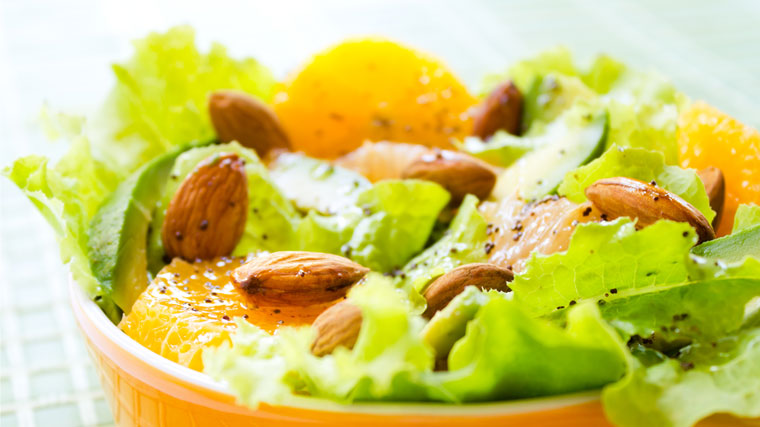Hello, Lactose Intolerance. Goodbye, Milk Products.

Find Your Perfect Match
Answer a few questions and we'll provide you with a list of primary care providers that best fit your needs.
If you typically become bloated, or get gas or diarrhea after eating or drinking a milk product, say hello to lactose intolerance.
The condition occurs in people whose small intestine cannot digest all the lactose they eat or drink. It happens when the small intestine doesn’t make enough lactase (the enzyme that breaks down lactose). After you consume a milk product, the lactose that didn’t get digested enters your colon. Next, bacteria in your colon creates gas, which can cause you to feel bloated and develop stomach pain or diarrhea.
But there are other conditions that cause similar symptoms, including irritable bowel syndrome, inflammatory bowel disease, and celiac disease.
What Foods Have the Most Lactose?
Lactose is a natural sugar found in milk products, but it is much different than a milk allergy. If you’re lactose intolerant, the following foods may cause uncomfortable symptoms, usually within an hour:
- Milk and buttermilk
- Milk powders, including hot chocolate mixes
- Ice cream
- Cheese
- Cream and sour cream
- Milk chocolate
- Yogurt
It’s best to check the labels to determine if a food includes lactose.
How Is Lactose Intolerance Managed?
Changing your diet to limit or avoid foods and drinks that contain lactose will keep your symptoms from developing. You may find that you can consume small amounts of lactose without feeling uncomfortable; everyone is different.
Taking an over-the-counter tablet or drops that contain lactase (the enzyme that breaks down lactose) before eating or drinking milk products may help to avoid symptoms of lactose intolerance. But the tablets aren’t for everyone, so check with your doctor before taking them.
Your doctor or dietitian can advise you about changing your diet to avoid symptoms while also getting the nutrients you need (like calcium and vitamin D). Foods that don’t contain lactose but are high in calcium include:
- Broccoli and leafy green vegetables
- Oranges
- Almonds
- Tofu
- Products with labels indicating “added calcium”
Foods that don’t contain lactose but are high in vitamin D include:
- Fatty fish (trout, salmon, tuna, mackerel) and fish liver oil
- Products with labels indicating “fortified with vitamin D”
Your body makes vitamin D when your bare skin is exposed to the sun (but not through a window). You can get a healthy dose by soaking up some rays, but don’t forget the sunscreen! The clouds, smog, old age, and having dark-colored skin reduce the amount of vitamin D your skin makes.
Ask your doctor if supplements of calcium and vitamin D are right for you. They may be needed to help you avoid developing osteoporosis.
Find Your Perfect Match
Answer a few questions and we'll provide you with a list of primary care providers that best fit your needs.
Source: National Institute of Diabetes and Digestive and Kidney Diseases




